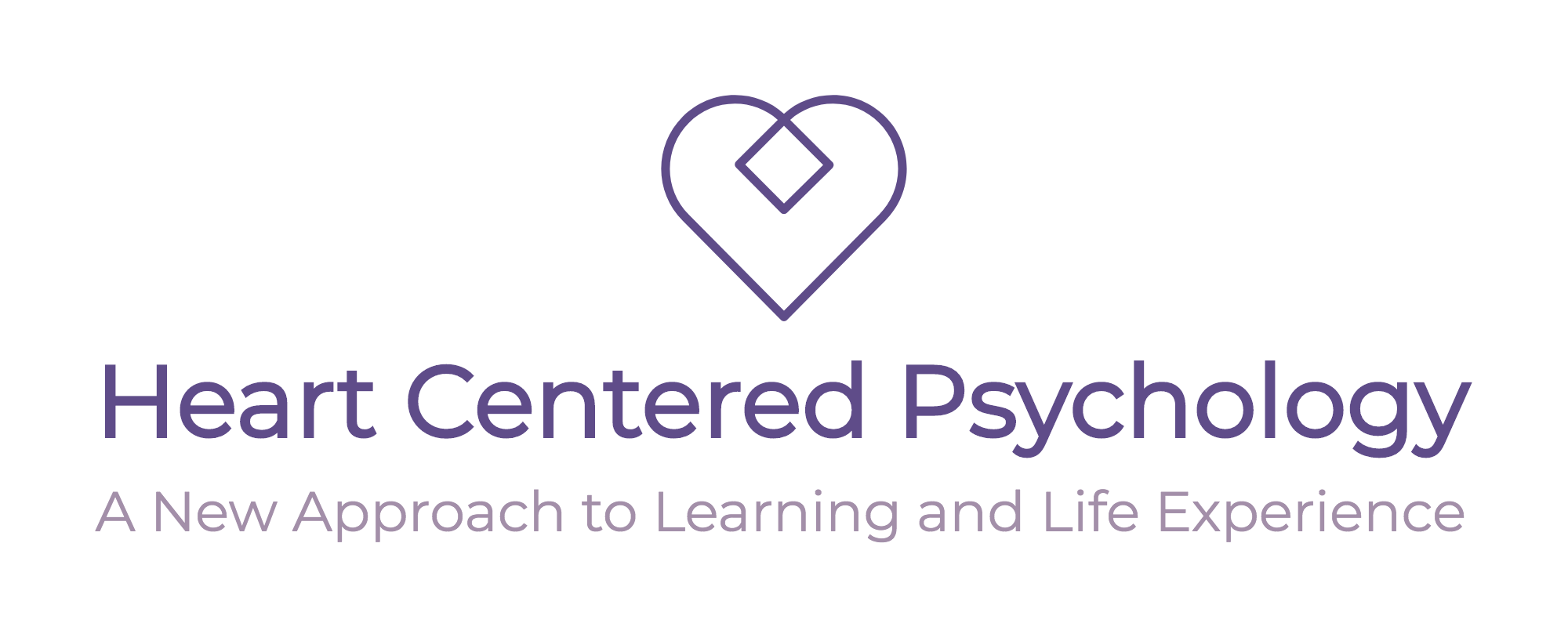Learning Mindfulness to Counter Anxiety
The entire idea of mindfulness or being mindful is complete engagement in the present moment. It is a state where you are not thinking, reflecting, judging, or deciding, but are instead simply experiencing the things currently in your available experience. It has roots in Buddhist philosophy and has been gaining widespread attention in the treatment of anxiety disorders including Generalized Anxiety Disorder (GAD). The following is an overview of the principles of mindfulness and suggestions on how you can apply it for yourself starting right now.
Philosophy
In general, we are largely unaware of our present moment, and often operate on “auto-pilot” to some degree. Part of this is adaptive. If we were completely aware of our moment-to-moment experience at all times we would fail to use our past to inform our present, and we would be incapable of making decisions for our future. However, there are times where completely engaging yourself in the present is desirable, helpful, and adaptive. Fortunately, we are capable of achieving this, but it requires practice. Once achieved, mindfulness can provide a richer life experience and can be instrumental in helping one reduce and control anxiety and worry.
Elements of the Mindfulness Attitude
There are 7 elements of the mindfulness attitude that are required for someone to achieve a mindful state:
1. Non-Judging: taking the role of an impartial observer to whatever your current experience is. This means not making a positive or negative evaluation of what is happening, just simply observing it.
2. Patience: cultivating the understanding that things must develop in their own time.
3. Beginner’s Mind: having the willingness to observe the world as if it was your first time doing so. This creates an openness that is essential to being mindful.
4. Trust: having trust in yourself, your intuition, and your abilities.
5. Non-Striving: the state of not doing anything, just simply accepting that things are happing in the moment just as they are supposed to. For people from Western countries like the United States, this tends to be one of the more difficult components.
6. Acceptance: completely accepting the thoughts, feelings, sensations, and beliefs that you have, and understanding that they are simply those things only.
7. Non-Attachment: avoidance of attaching meaning to thoughts and feelings, or connecting a given thought to a feeling. Instead, let a thought or feeling come in and pass without connecting it to anything, observing them exactly as they are.
How To Use This
Since GAD is built primarily on the inability to control anxiety and worry, achieving a state where you can let go and observe can provide tremendous relief and a new perspective on anxiety provoking situations. The best way to practice mindfulness is to find a comfortable position (lying down, sitting comfortably, etc) and relax your breathing. After a brief period of time, start observing everything that is happening inside and outside of you with the peaceful mindfulness attitude.
After 10 minutes see how you feel. Were you able to let anxiety provoking thoughts pass without attaching them to others? Were you able to find a new appreciation for the complexity of the environment you are in? Were there new things that you noticed about yourself? Do you feel more relaxed and at peace? If so then you were able to become mindful, but for most people the first try can be frustrating. Taking at least 10 minutes everyday to practice can have a fantastic payoff and can become an important tool in managing your anxiety and leading a more fulfilling life. Try it for a week and see if there is a difference.


